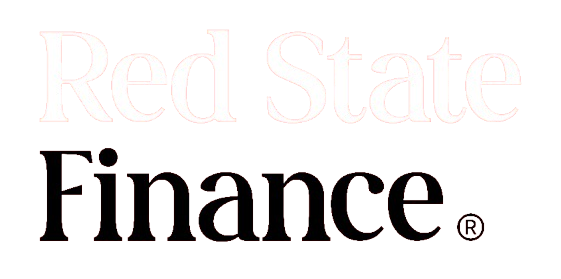January CPI: What to Expect and Why It Matters
All eyes are on the consumer price index (CPI) for January. Analysts have set their sights on a projected increase of 0.3%, according to consensus estimates from Dow Jones. But what does this mean for consumers, businesses, and the broader economy? Let’s break it down.
Understanding CPI: The Basics
The consumer price index is a critical economic indicator that measures changes in the price level of a basket of consumer goods and services over time. Essentially, it reflects how much more or less consumers are paying for everyday items like groceries, gas, and rent compared to previous periods. A rise in CPI typically signals inflationary pressures within the economy—something that can impact everything from interest rates to wage negotiations.
The Inflation Landscape
Inflation has been a hot topic lately as economies around the globe grapple with post-pandemic recovery challenges. In December 2022, inflation rates were hovering around 6.5%, significantly higher than pre-pandemic levels but showing signs of moderation compared to earlier spikes in 2021 when rates soared above 9%. This gradual decline has led many economists to speculate whether we’re witnessing a stabilization phase or if further volatility lies ahead.
What Drives CPI Changes?
Several factors contribute to fluctuations in CPI:
Supply Chain Dynamics: Ongoing disruptions continue affecting various sectors—from semiconductor shortages impacting electronics prices to agricultural supply chain issues driving up food costs.
Energy Prices: With oil prices fluctuating due to geopolitical tensions and production decisions by OPEC+, energy costs remain volatile contributors to overall inflation figures.
Consumer Demand: As spending patterns shift post-COVID-19 lockdowns—especially with increased travel and dining out—demand-pull inflation could emerge if supply struggles keep pace with rising consumption.
Implications of Rising Prices
A projected increase in January’s CPI could have several implications:
- Interest Rates: If inflation continues its upward trajectory, central banks may feel pressured to raise interest rates sooner rather than later—a move that can cool off spending but also slow economic growth.
- Wage Growth: Employees may demand higher wages as they face increased living costs; however, businesses might hesitate due to tighter profit margins resulting from rising operational expenses.
- Investment Strategies: Investors often adjust their portfolios based on anticipated shifts in monetary policy influenced by inflation data; thus, an uptick could lead them toward more defensive positions or assets traditionally viewed as hedges against inflation.
Current Economic Indicators
To put things into perspective, let’s look at some recent statistics:
- According to recent reports from the Bureau of Labor Statistics (BLS), core CPI—which excludes volatile food and energy prices—increased by just under 5% year-over-year as of December.
- Additionally, retail sales data showed an unexpected surge during holiday shopping seasons despite concerns about high prices—a sign that consumer confidence remains resilient even amid rising costs.
These indicators suggest that while consumers are feeling pinch points at checkout counters across various sectors—from housing markets where rents have surged nearly 15% since last year—to grocery aisles where staples like eggs saw increases upwards of 30%, there is still robust demand fueling economic activity.







